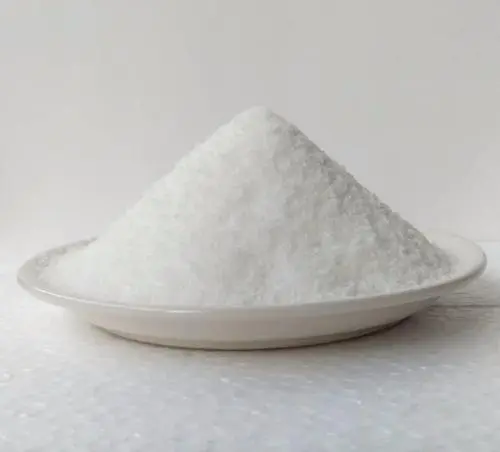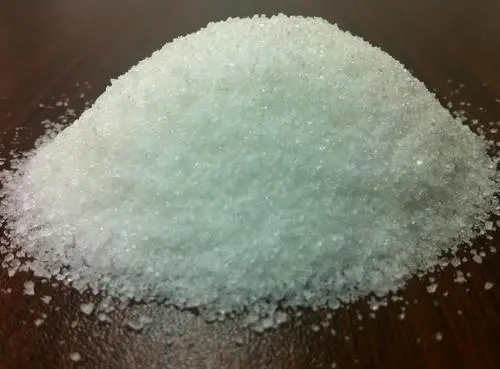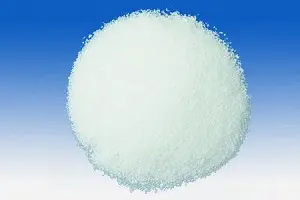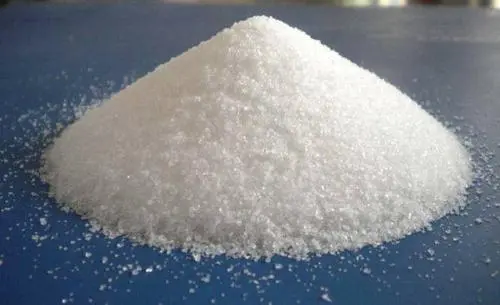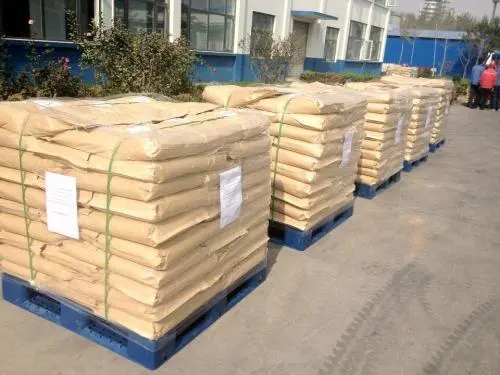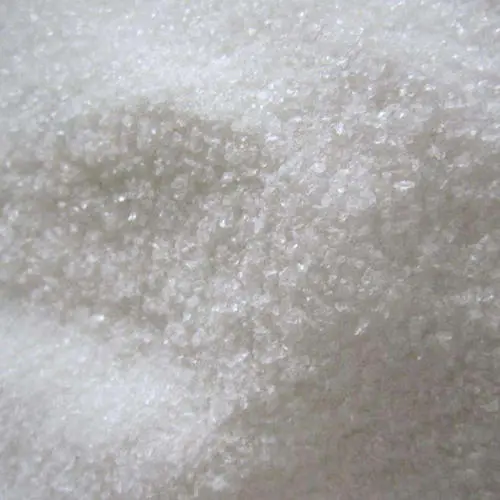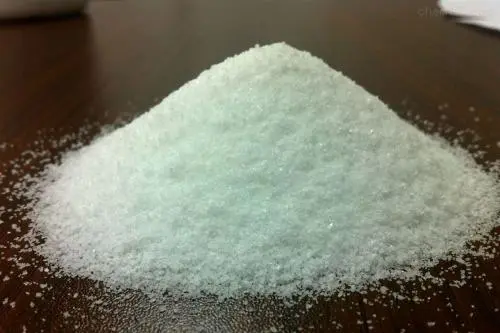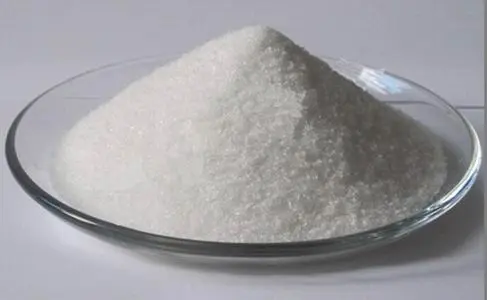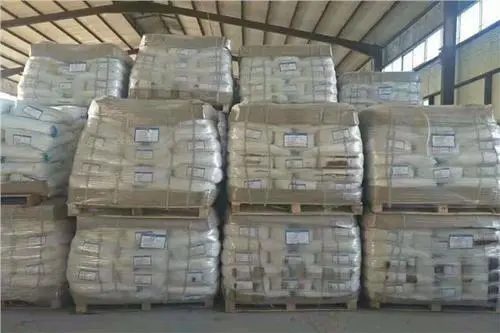Introduction of flocculants
Flocculants can be generally divided into two categories: inorganic flocculants and organic flocculants according to their chemical composition.
Inorganic flocculants include inorganic flocculants and inorganic polymer flocculants; organic flocculants include synthetic organic polymer flocculants, natural organic polymer flocculants and microbial flocculants
1. Introduction to flocculants
The theory is based on the theory of “aggregation”, in which flocculants are mainly positive (negative) electric groups and some particles or particles in water with negative (positive) electric properties that are difficult to separate are close to each other,
lowering their electric potential, making them unstable, and using their polymerization properties to make these particles concentrated and separated by physical or chemical methods. separation by physical or chemical means.
Generally, the agent used to achieve this purpose is called flocculant. Flocculants are mainly used in the field of water supply and wastewater treatment.
There are many kinds of flocculants, from low molecule to high molecule, from single type to compound type, and the general trend is to develop in the direction of cheap, practical,
non-toxic and efficient. Inorganic flocculants are cheap, but will have a negative impact on human health and ecological environment; organic polymer flocculants, although the amount of less, less floating slag production, flocculation ability, flocculation body is easy to separate,
in addition to oil and suspended matter effect, but the residual monomer of such polymers have “three to” effect (teratogenic, carcinogenic, mutagenic), thus Microbial flocculants do not have secondary pollution,
easy to use, and have attractive application prospects. Microbial flocculants will probably replace or partially replace traditional inorganic polymer and synthetic organic polymer flocculants in the future.
The development and application of microbial flocculants are emerging, and their characteristics and advantages show a broad prospect for the development of water treatment technology.
2.Flocculant classification
Inorganic flocculants
There are two main categories: the iron preparation series and the aluminum preparation series, including of course its clumped polymer series.
Inorganic flocculants include aluminum sulfate, aluminum chloride, ferric sulfate, ferric chloride, etc. Among them, aluminum sulfate was first developed by the United States and has been used as an important inorganic flocculant to this day.
Commonly used aluminum salts are aluminum sulfate AL2(SO4)3.18H2O and alum AL2(SO4)3.K2SO4.24H2O, another category is iron salts are ferric trichloride hydrate FeCL3.6H2O. ferrous sulfate hydrate FeSO4.7H2O and ferric sulfate.
Organic polymer flocculants
The advantage of inorganic flocculants is that they are economical and simple to use;
however, the dosage is large, the flocculation effect is low, and there are disadvantages of high cost and high corrosion. Organic polymer flocculant is a new type of wastewater treatment agent developed in the late 1960s.
Compared with traditional flocculants, it can multiply the efficiency, and the price is lower, so it has the trend of gradually becoming the mainstream agent.
Together with the stable quality of products, the production of organic polymeric flocculants has accounted for 30% to 60% of the total production of flocculants.
Some natural polymeric organic substances such as polysaccharides containing more carboxyl groups and starch containing more phosphate groups have flocculation properties.
The introduction of reactive groups in macromolecules by chemical methods can improve this performance,
such as the etherification of a natural polysaccharide to introduce carboxyl groups, amide groups and other reactive groups, flocculation performance is better and can accelerate the settlement of cane juice.
Graft copolymerization of natural polymers such as starch, cellulose, chitosan, etc. with acrylamide, the polymer has good flocculation performance,
or has some special properties at the same time. Some of the products developed in China are mainly used in sewage treatment and sludge dewatering.
As most of the organic polymer flocculants themselves or their hydrolysis, degradation products toxic, and the synthesis of acrylamide monomer toxic,
can anesthetize the central nervous system, the application area is somewhat limited, forcing flocculants to cheap and practical, non-toxic and efficient direction of development.
3.Flocculant application
1、Urban sewage
The domestic sewage is treated with highly efficient mixed bacteria with flocculation and degradation effect isolated from the urban domestic sewage,
which can make the removal rate of sewage COD and BOD reach 100 %.
2、Building material wastewater
The former mainly contains more clay particles, while the latter contains a considerable amount of glaze in addition to clay particles. When NOC-1 was added for 5 min,
the turbidity of embryo wastewater was reduced from the original 1.4 to 0.043; the turbidity of glaze drug wastewater was reduced from 17.2 to 0.35;
the turbidity removal rate was 96.6 % and 97.9 %, respectively, and an almost transparent supernatant could be obtained.
The flocculant produced by red flat red cocci was used to treat tile factory wastewater, and the supernatant after treatment was almost transparent.
3、Other applications As microbial flocculants have safe and non-toxic characteristics, they are gradually adopted in food wastewater treatment, and have achieved satisfactory results.
In addition, microbial flocculants can also be widely used in the treatment process of municipal wastewater, hospital wastewater, petrochemical wastewater,
paper waste liquid, pharmaceutical wastewater and many other aspects.
High efficiency and residual amount no longer cause 2 pollution, is an important direction for future research and development of flocculants, safe,
non-toxic, efficient microbial flocculants have a great tendency to replace the traditional flocculants.
4.Flocculant selection law
The selection of flocculants in wastewater treatment depends on the characteristics of the wastewater in the specific industry,
and also depends on where the flocculants are added and what they are used for. Generally, when choosing an inorganic flocculant, the composition and PH of the wastewater should be considered,
and then the most suitable one should be chosen (iron salt, aluminum salt or iron-aluminum salt, silicon-aluminum salt, silicon-iron salt, etc.).
When choosing organic flocculants (e.g. polyacrylamide PAM), it depends on whether anionic polyacrylamide, cationic polyacrylamide or nonionic polyacrylamide is to be used.
Anionic polyacrylamides are generally divided into weak, medium and strong anions depending on the degree of hydrolysis.
The choice of cation is generally used in sludge dewatering, the selection of cationic polyacrylamide is very important, city wastewater treatment plants generally use medium and strong cationic polyacrylamide,
paper, printing and dyeing plant sludge dewatering generally choose weak cation, pharmaceutical wastewater generally choose strong cation, etc.
.Each kind of wastewater has its own unique characteristics, non-ionic polyacrylamide is mainly used in weak acidic conditions, printing and dyeing plants use more non-ionic PAM.
The selection of all these flocculants can only be determined based on tests, in which the approximate dosing amount is determined, the flocculation and sedimentation rate is observed, the treatment cost is calculated, and an economic and applicable flocculation agent is selected.
From the charged type of flocculants, charge density, molecular weight, molecular structure analysis about the classification of flocculants, to understand its profile,
a clearer understanding of the application of various flocculants, a clearer understanding of the choice of sewage flocculants.
5.Flocculant precautions
Flocculants in adverse conditions leading to a decline in flocculation performance changes, commonly known as degradation (degradation), the specific performance of the molecular weight decline, the solution viscosity,
flocculation performance deterioration or even failure. There are many factors that may produce this effect.
In this regard, high molecular weight pam is a rather “delicate” substance. Moreover, the higher the molecular weight of pam,
the more likely it is to produce these changes, and the more sensitive it is to the relevant factors.
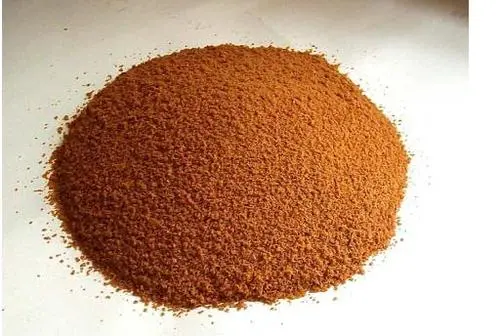
We must pay great attention to this problem, otherwise the good flocculant can not achieve good results.
Modern polyacrylamide products have a high molecular weight, which is the basis of its good flocculation performance.
However, the large molecules of this flocculant are easily damaged by external factors, making its performance greatly reduced.
The process of flocculant preparation and use must be carefully prevented from this problem.
6.Factors affecting flocculation effect
There are many factors affecting the flocculation effect, mainly the type of flocculant, concentration,
dosage, mixing condition during coagulation treatment, ph value, temperature and its changes, etc.
Different countermeasures should be adopted according to the specific situation.
1、Type and dosage of flocculant: Different flocculants should be used for different wastewater.
The amount of flocculant largely affects the effect of flocculation, and both excess and deficiency will lead to the dispersion and stability of soluble particles, so the best dosage should be determined through experiments.
2, the influence of mixing and reaction time: after adding certain flocculants into the wastewater, the first thing is to make the flocculants spread rapidly and evenly into the water.
After the flocculant is fully dissolved, the resulting colloid will form many tiny alum flowers after contacting with the original colloid and suspended matter in the water,
and this process is also called mixing.
This process is also called mixing. The mixing process requires the water flow to produce intense turbulence, so that the agent and water can be fully mixed within a relatively fast time,
and the mixing time is generally required from a few seconds to 2 minutes.
3, ph value, the impact of alkalinity: ph value has a great impact on the operation of flocculants, so when the wastewater is flocculated,
it must pay full attention to its effective ph value range. Organic polymer flocculants are less strict restrictions on ph value, but the ph value is small has a greater impact on the flocculation effect of flocculants.
Inorganic flocculants are more sensitive to the ph value of wastewater, as the hydrolysis reaction of flocculants continuously produces hydrogen ions, so it is necessary to keep the hydrolysis reaction fully carried out.
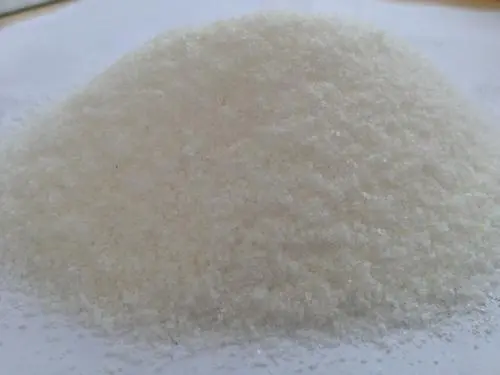
4, the influence of temperature: water temperature also has an impact on the flocculation effect,
the hydrolysis reaction of inorganic flocculants is a heat-absorbing reaction, the low water temperature is not conducive to the hydrolysis of flocculants, the viscosity of water is also related to the water temperature, if the water temperature is low,
the viscosity of water is large, resulting in the weakening of the Brownian motion of water molecules, which is not conducive to the
destabilization and flocculation of pollutant colloids in water, and thus the formation of flocculants is not easy.
Therefore, the amount of flocculant used in winter is more than that in summer. The increase of temperature is beneficial to the collision between colloids and coagulation,
but the temperature exceeds 90 degrees Celsius, which makes the flocculant aging or decomposing insoluble substances, and reduces the flocculation effect.

 By Coco Ho
By Coco Ho
